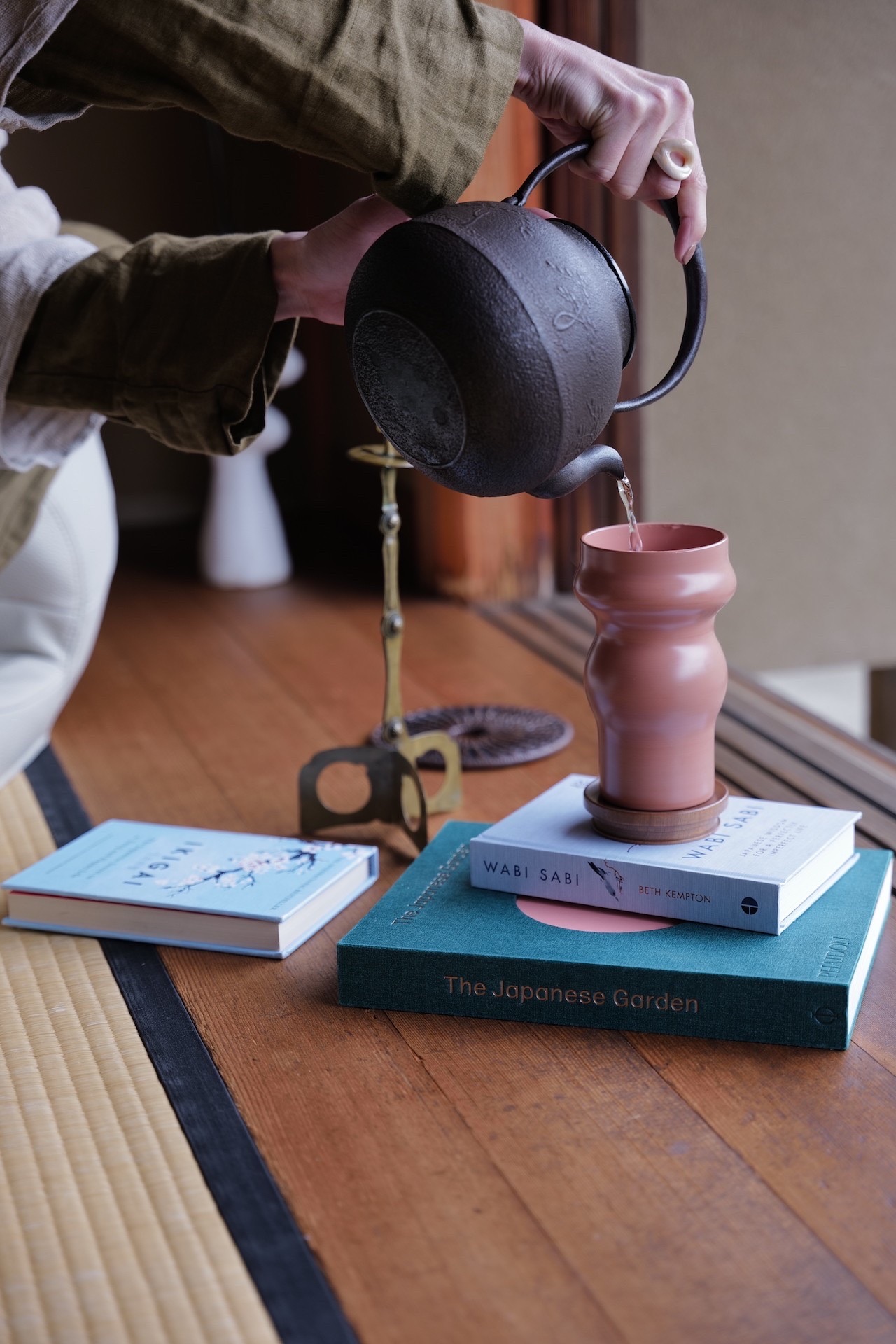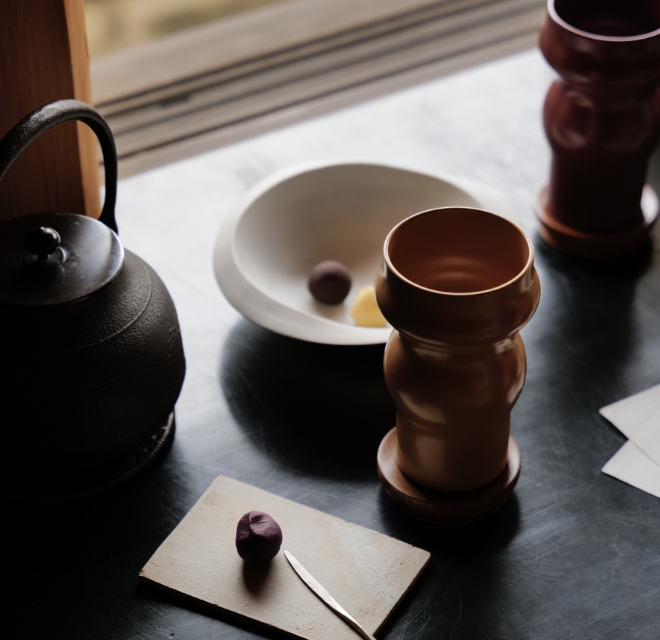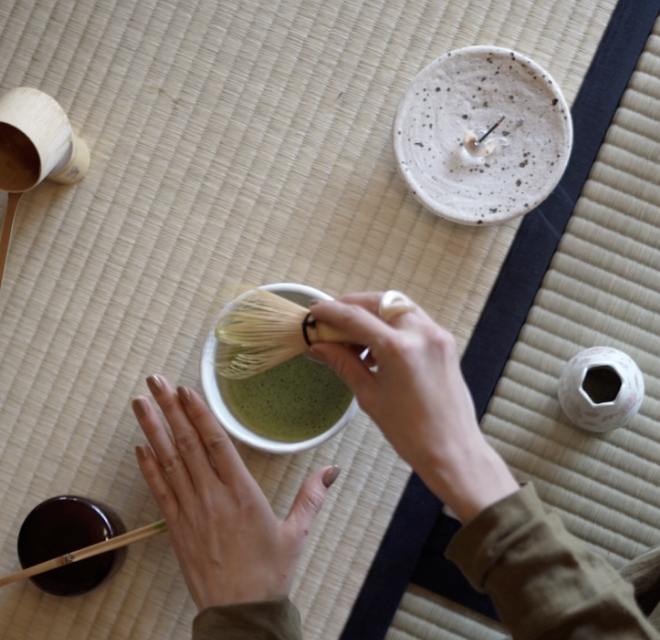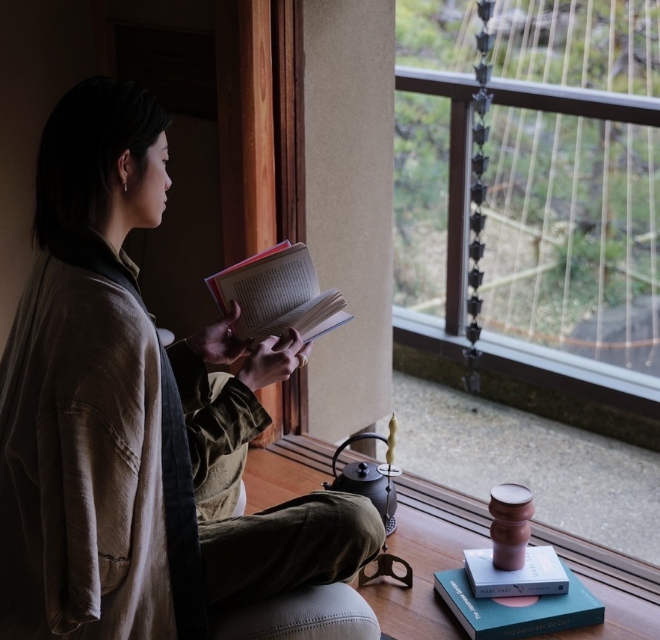Highland Farming and The Power of Earth on Noto Island
A calm sea of sparkling water surrounds the road that leads to Noto Island from the embrace of the Peninsula. Fishing activity here is mindful of preserving the ecosystem from which its bounties are reaped. The Satoumi certification reflects the mutual benefit both the local ecosystem and people who live here can glean from one another. By purposefully maintaining this beautiful natural environment, the attention gained as a result is used to further the agenda for further protection and preservation of this unique landscape.
Upon entry to Noto Island, one is greeted by plants that grow in clusters. For Mr. Taka, who operates an organic farm at an altitude of 120 meters above sea level, the wild red soil of the area serves as an essential foundation for growing vegetables. As a gourmand who had an affinity for trying a variety of different food, he was fascinated with Noto produce enough to stay. Eventually after a series of encounters and conversations, he cultivated the land he was on and started farming for the first time. Despite having tasted that bitterness, the personal connections that he made allowed him to experience the vast land in a new way. This seems to be the impetus of various vegetable-growing ideas that can excite even the most discerning of Japanese gourmands.
“During that time when I wasn’t able to only eat from the farm, I did part-time work with the fisheries for five years so I have some knowledge about fish. I think about what should be matched with the local fish on a plate or dish, which is why I’m growing vegetables here as well. Thinking about what kind of treatments can be applied to change the taste, things like that.”
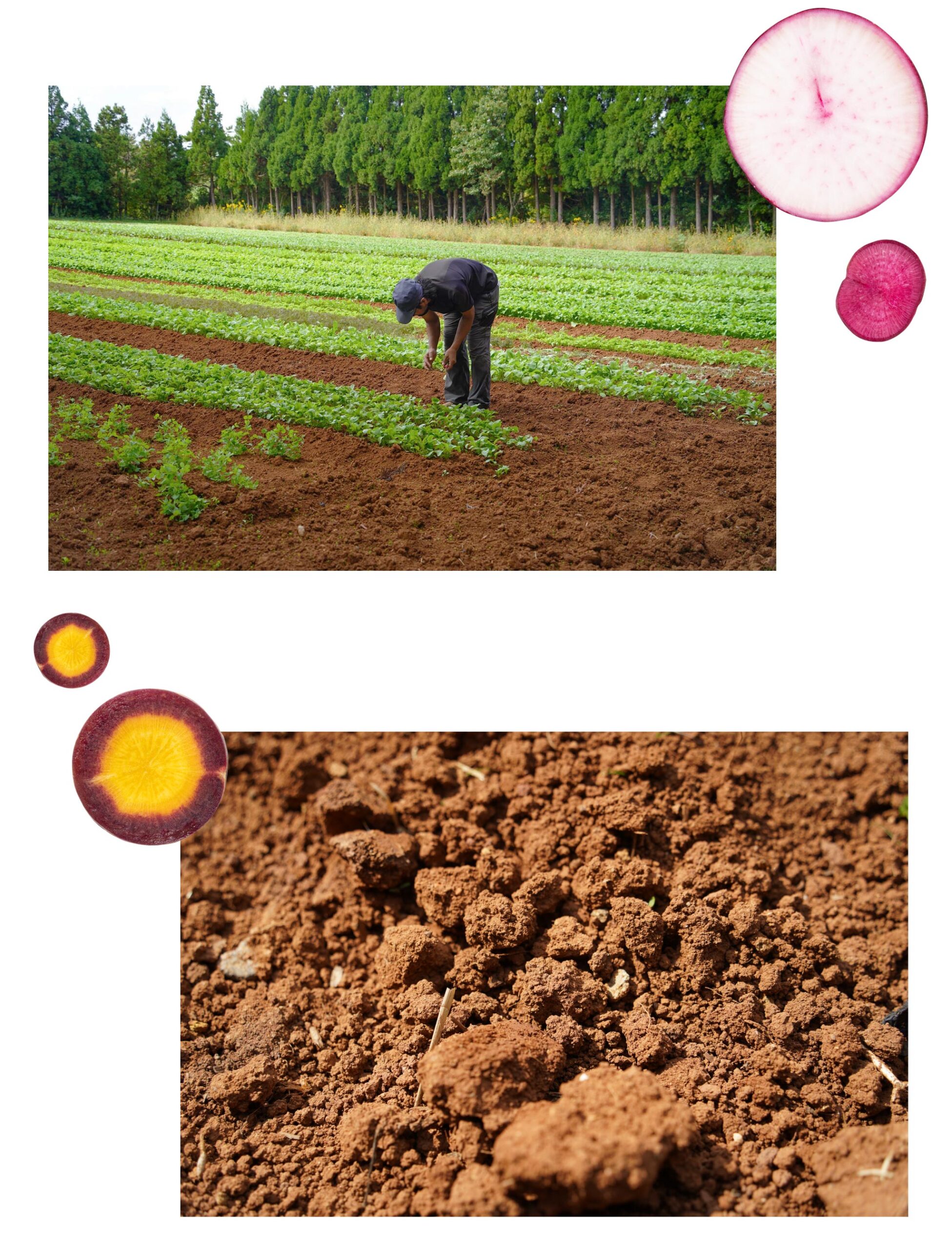
The Traditions and Modernity of Highland Farming
Currently, about two hectares of organically certified farms produce a variety of vegetables using ecologically-friendly farming methods that include almost no pesticides or chemical fertilizers. By utilizing the natural fertility embedded in Noto soil from millions of years past, Mr. Taka tirelessly grows quality produce that continue to supply renowned restaurants all over Japan.
Wasabi leaf and red mustard radish are spicy when eaten, but turn surprisingly sweet when cooked and enhances the palate. Capitalizing on the myth of Japanese people being able to “cook in the mouth”, the supposition of recipes from early-season Japanese cooking to French, Italian, and Chinese delivery destinations allows for the creation of new fields by adjusting the type and size of vegetables being produced.*
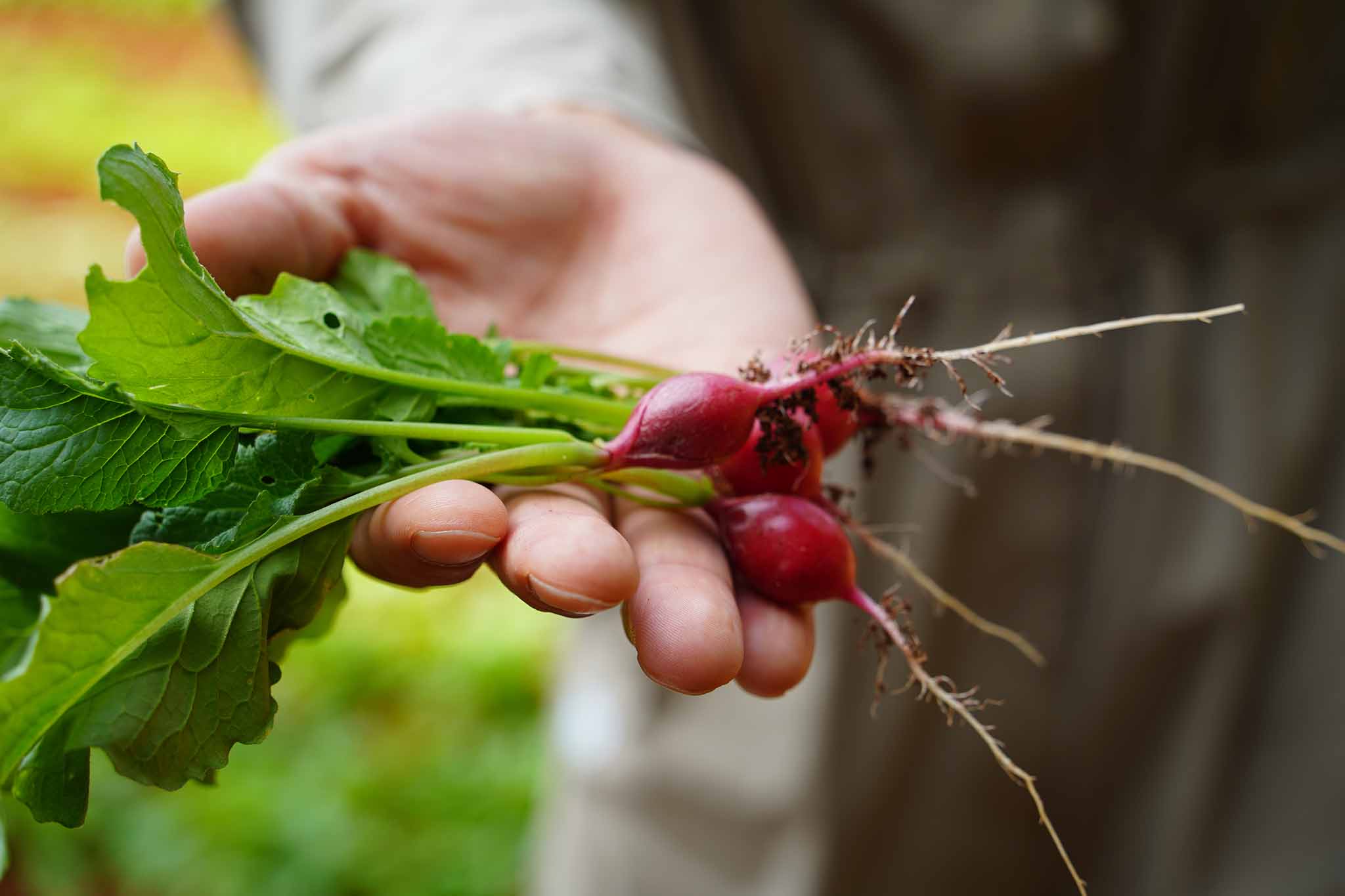
“Originally our theme was “traditional” and “modern”, and we specialize in the production of both traditional and “new” vegetables. We produce vegetables typical to Noto’s growth profile like Nakajima greens and Manganji peppers, which is fairly normal. I think we shine when we choose to grow more unique produce that isn’t typically found in this area.”**Examples would be useful here
The vegetables grown in these highland farms are delicious as they’re carefully, affectionately nurtured with scientifically-backed methods of temperature and humidity control. Overseeing the growth process without overbearing the plants in both cold and warm environments, calling out encouragement to the plants to do their best while listening to one’s footsteps to stimulate their growth, affection inevitably grows too. It seems that the secret to truly excellent produce is in both sweetness and the detail-oriented cultivation methods that can only be formed by years of experience.
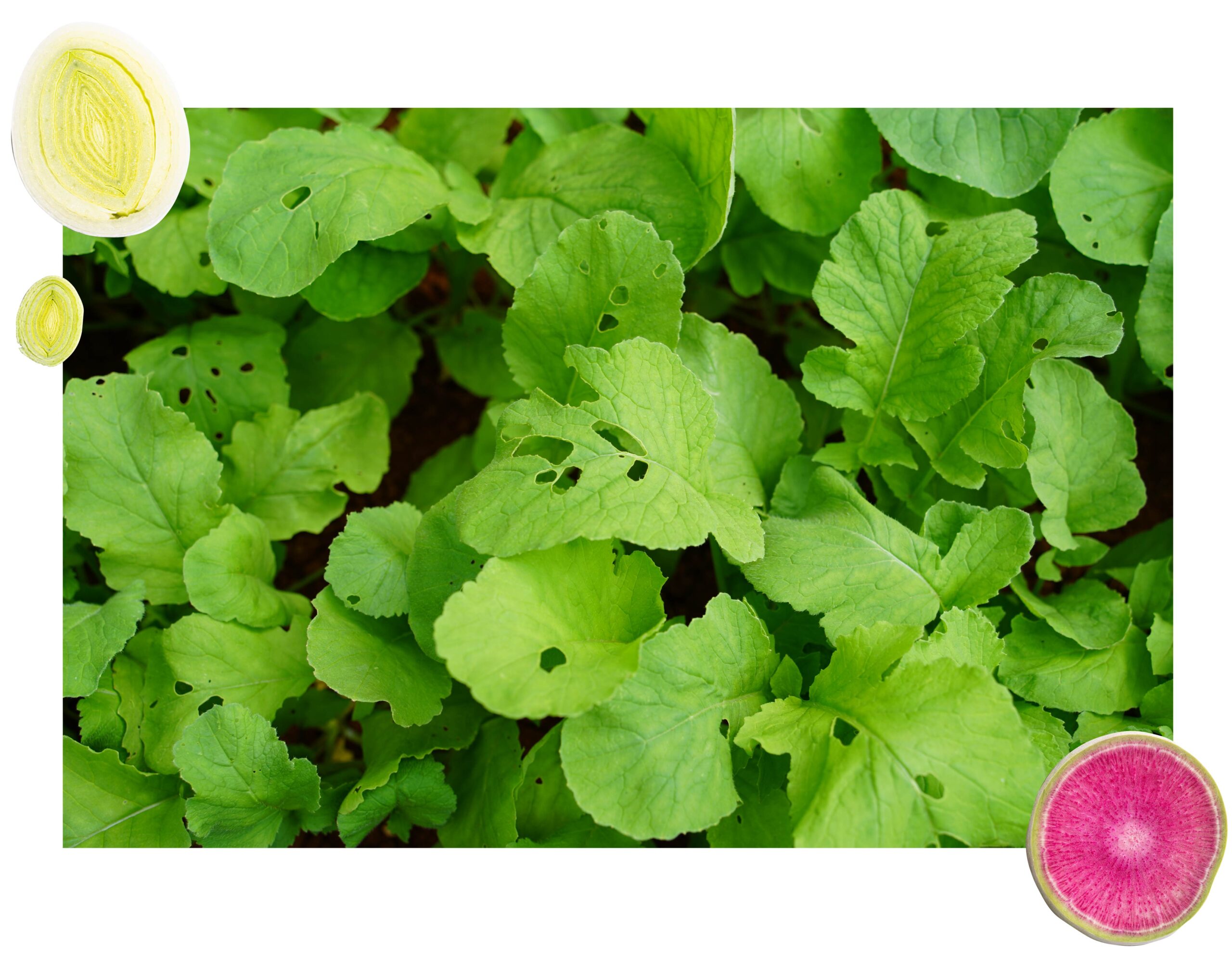
A Farmer’s Secret Blueprint
Mr. Taka is a little different from your ordinary farmer. His branding power may be attributed to his viewpoint cultivated by his time as an architect.
“Sugi gives off a scent when applied to gin. Just as some people want pine trees or persimmon leaves, we try not to overlook the fact that there is inherent value in those who seek it. For example, cutting off a branch of a fruit tree that grows near a field and take it in. If used purposefully like if it were used to decorate a table by shop staff, curious customers are likely to ask about where it came from. For that shop staff, that’s likely to lead into further conversation, right?”
Revealing the connection between farm to table even slightly will likely increase the intimacy with which the customer associates the restaurant. That connection has also led to a track record of Michelin Green Star awards. As the concept of restaurants pursuing positive environmental efforts grow in popularity, so does the corresponding demand and awareness. It can be said that the detailed presentation of this farm to table connection between the natural farming practices and efforts to coexist with Satoyama’s abundant landscape has brought many Green Stars to cooperating business partners.
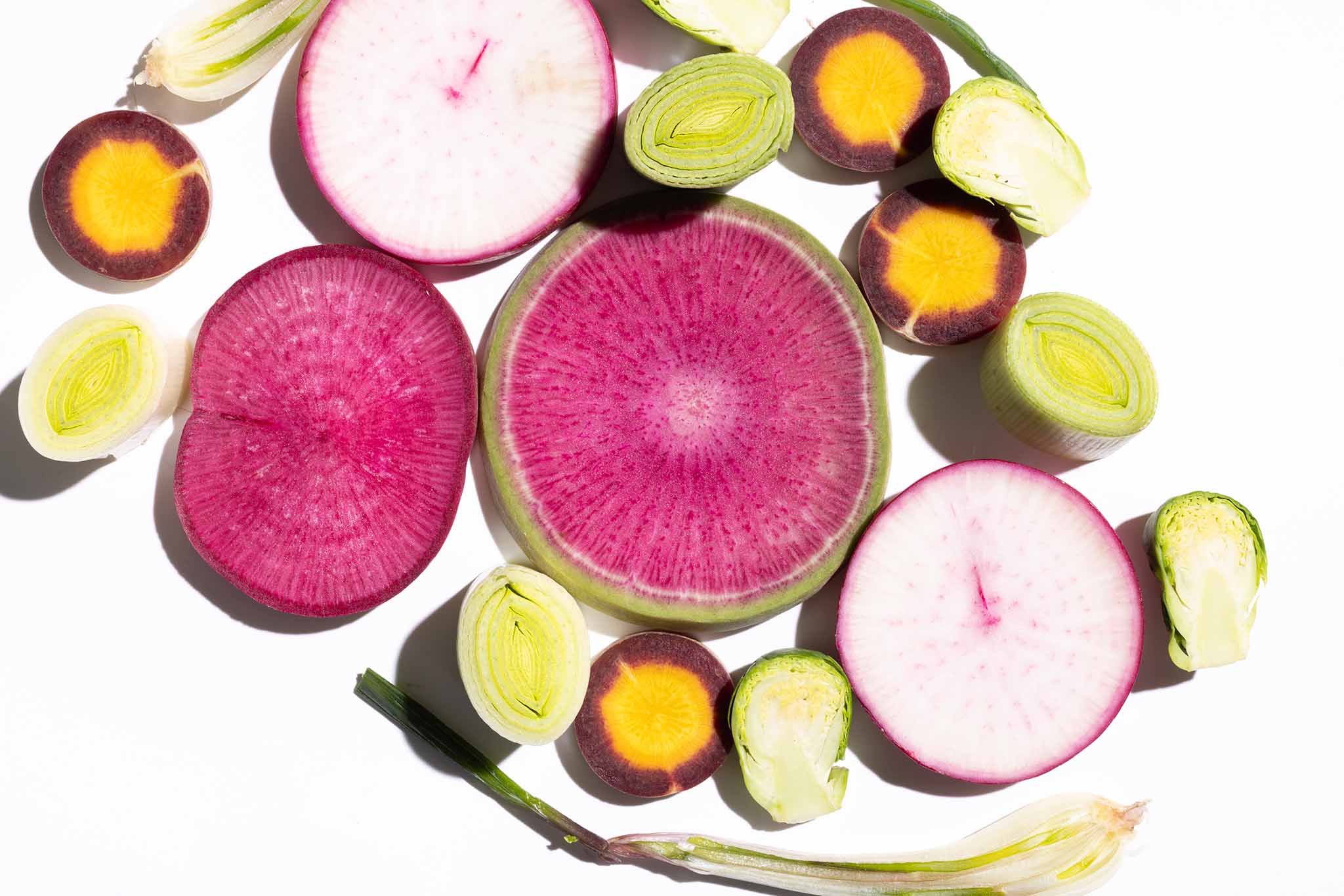
Excitement as Creative Fuel
In anticipation of a new perspective inspiring chefs whose main battlefield is the kitchen, Mr. Taka always delivers the message that informs about the food source that supplies the menu. It seems that his sensibility as a gourmand overrides his foresight as a farmer.
“I base my recommendations on previous experience of individual restaurants. A combination I recommend to one place may differ for another. No one wants to do the same thing, so different varieties and ingredients lend themselves to new recipes. The chefs think about cooking every day, so they may be pleased when small suggestions are made. So that’s why if a place is good, I’ll go even if it’s far.”
The other day, he went to Wakayama (a full six and a half hours away) to have a meal.
“For example, I knew that citrus fruits that I thought couldn’t be used until they turned yellow could be used similarly to blue yuzu. Then I realized that I could use them by thinning them out. There’s a lot of inspiration that happens when we go out to eat with our minds open. We can see the possibilities.
Certainly, I think it’s most interesting when new varieties are approached with a sense of curiosity! It’s all over when there’s no spark. For now, I’m going to eat and plant and farm as long as I’m interested. Sometimes the staff asks me what I’m talking about but that’s also okay. Not everyone has to understand!”
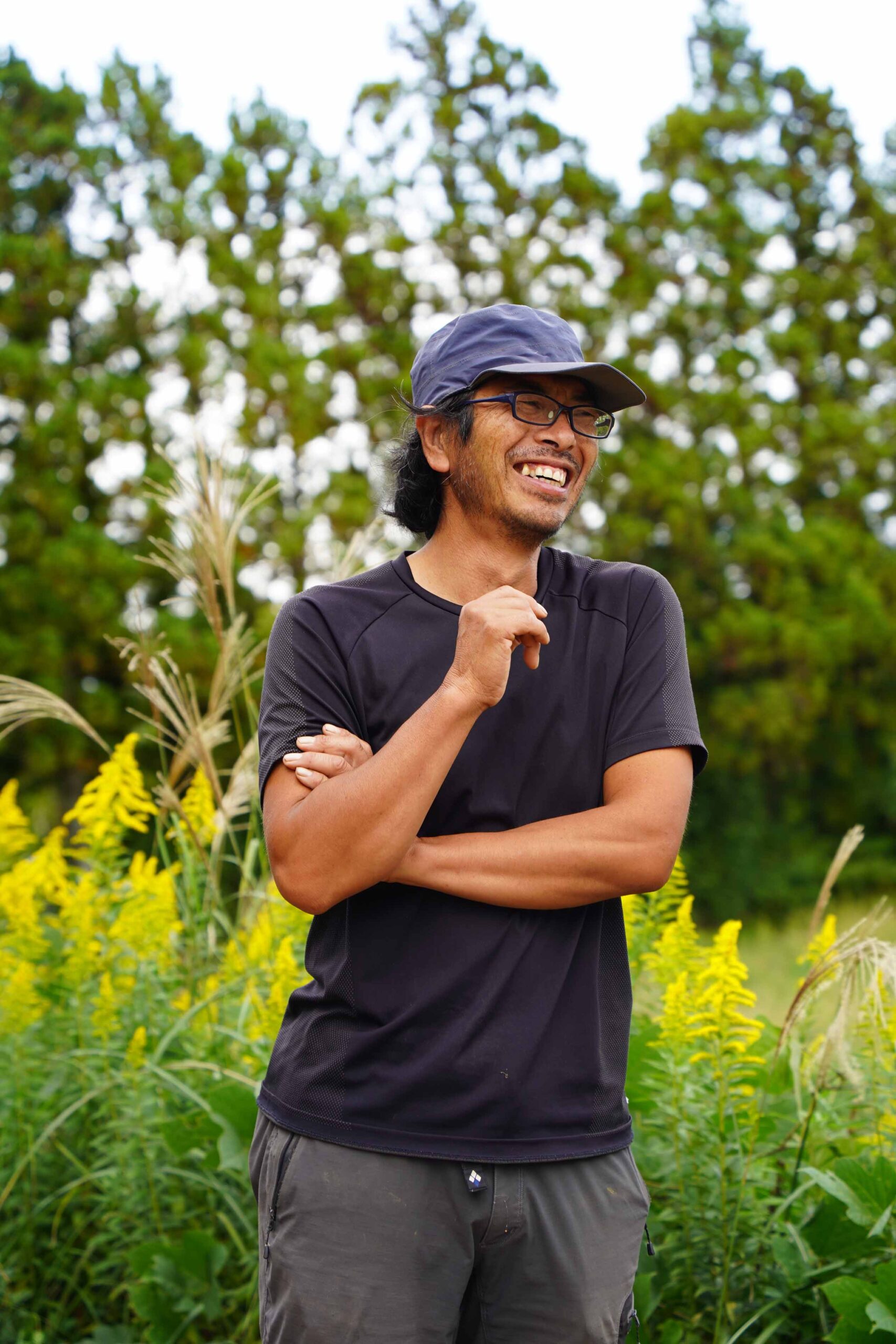
Takanoen’s passion for delicious and interesting products is sure to attract people from afar, and continue to cement Noto Island as an epicenter for exemplary culinary ingredients.
At tefutefu, we will soon be offering special boxes packed with traditional ingredients indigenous to Noto and vegetables grown by Mr. Taka. Orders for these gift boxes, which include a curation of rich vegetables and carefully selected fermented ingredients, will open in December. Details will be announced on the tefutefu website and social media.
Photographer: Mammy Horie &
Interview & Text: Yuka Sone Sato
Design: Mammy Horie
Translation: Kelly Yeunh





